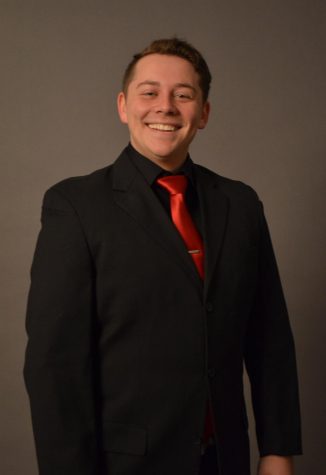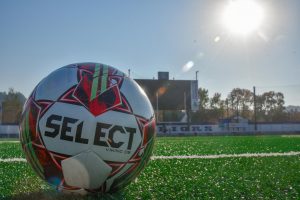Lt. Governor discusses Education Village
April 6, 2016
Zach Bailey / Winonan
Plans for Education Village, which first started to become a reality in 2013, continued to move forward as Lt. Governor Tina Smith led a roundtable meeting in the student union of Kryzsko Commons on Winona State University’s campus Tuesday, March 29.
Smith and Gov. Mark Dayton have already proposed $16.9 million toward finishing the project plans. The project itself will incorporate a 21st century classroom setting by not only working with new buildings, but renovating current buildings as well.
Also in attendance was Sen. Jeremy Miller, Scott Hannon, Former Superintendent of Winona Public Schools, professor of education Nicholas Wysocki, Winona State student Nicole Nicpon, Winona State student and Student Senate President Josh Hanson, physical education and sport science chair Ray Martinez, Rep. Gene Pelowski, Winona Area Public Schools teacher Bruce Ramsdell, Austin school system Superintendent David Krenz and MMB Commissioner Myron Frans.
Wysocki was one of the first to speak at the roundtable and said the village will allow students earlier engagement.
“Having our students be involved in early clinicals, where we get them working with students and teachers early, we will expose them to what they will have to face in the real world,” Wysocki said.
Martinez said the village will also provide more options for students.
“Now is a perfect time to be in education,” Martinez said. “You just have to start showing people in their early years that teaching is a viable option.”
Education Village, which will be equipped with large screens and mobile walls, will not only get students more involved but will be the epitome of a 21st century classroom.
“People who move around and are active perform better,” Martinez said.
One of the key speaking points were of the challenges Minnesota has faced with teacher shortages in the past few years. With challenges not only on recruiting new teachers, but retaining them as well, how Education Village could help address these issues was a large factor.
As education students, Wysocki and Hanson discussed how the first three to five years as a teacher are always the hardest.
“In those first few years, you’re still finding your sea legs,” Wysocki said.
“With Education Village,” Hanson added, “it would give these new teachers a chance to come back and work with faculty here to better yourself.”
One of the points brought up by Nicpon, was the importance of having spaces future teachers will end up teaching in.
“You would be able to talk about something in the classroom, then see it happen later in the classroom,” Nicpon stated. “In current classrooms, you have to switch between your student hat, then back to your teacher hat,” Nicpon said, “With Education Village, you would be able to be a student and a teacher at the same time.”
Hanson said the classrooms will also provide more opportunities for students.
“This opportunity to expand to dynamic classrooms are something we’ll be experiencing when we’re educators, would be here in the Education Village,” Hanson stated, “Education Village would be a great opportunity to make sure that teacher candidates are treated as teachers on day one, and know whether they like kids, are attracting the best candidates, and become the brightest future teachers.”













































